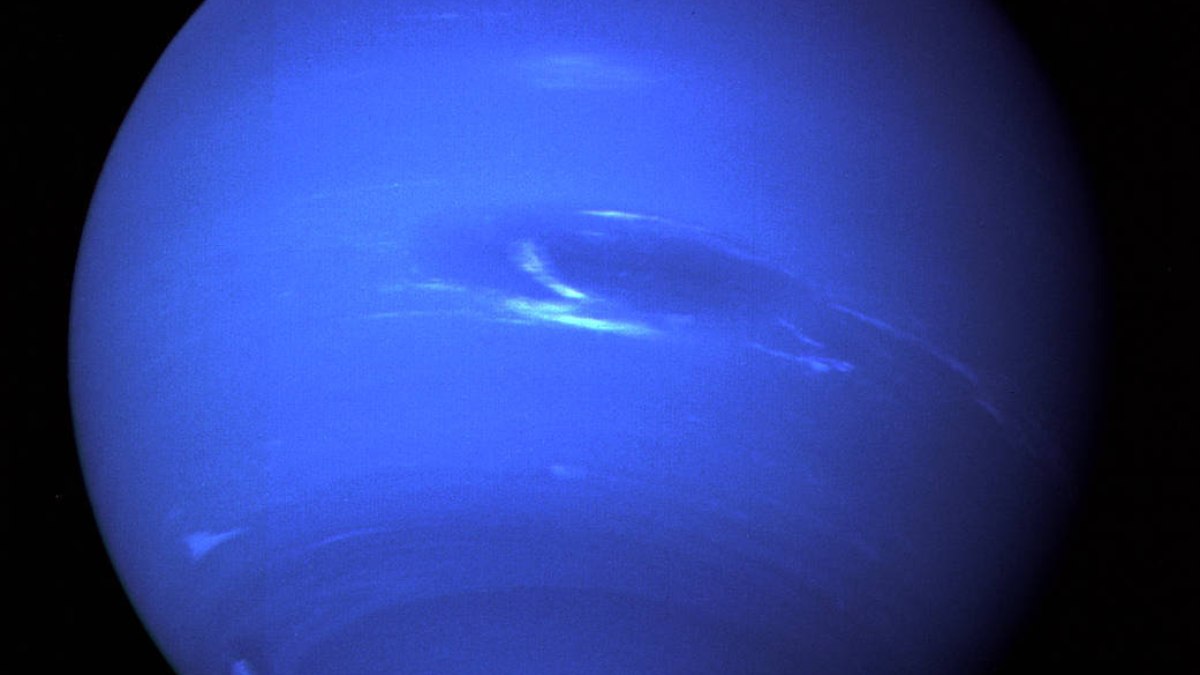
Neptune
The International Astronomical Union's Minor Planet Center reports that it has found three new moons of Uranus and Neptune. With this discovery, the number of natural satellites of the planets increases to 28 on Uranus and 16 on Neptune.
The agency stated that special image processing was necessary to detect the objects, as these satellites are the most difficult to see around the two giants.
So far, the moons have not been named. However, according to the conventions of lunar naming of planets, the new moon of Uranus should have a name inspired by the works of Shakespeare, and the moons of Neptune should pay tribute to the Nereids, the sea gods in Greek mythology.
Currently, the new satellite of Uranus is called S/2023 U1. It has a diameter of 8 kilometers, making it the smallest natural satellite on the planet. It takes 680 days to orbit around the star.
S/2023 U1 was discovered in November 2023, using the Magellan Telescope at the Carnegie Science Center's Las Campanas Observatory in Chile. To be able to locate it, it took a month of observation and the use of old photos, dated 2021.
Already on Neptune, the temporarily brightest moon is named S/2002 N5. Its diameter is about 23 kilometers, and it takes approximately 9 years to complete its orbit. The other moon is S/2021 N1. It is 14 kilometers in diameter and takes about 27 years to complete its orbit around the ice giant.



![[VÍDEO] Elton John’s final show in the UK has the crowd moving](https://www.lodivalleynews.com/wp-content/uploads/2023/06/Elton-John-1-690x600.jpg)

More Stories
What ChatGPT knows about you is scary
The return of NFT? Champions Tactics is released by Ubisoft
What does Meta want from the “blue circle AI” in WhatsApp chats?